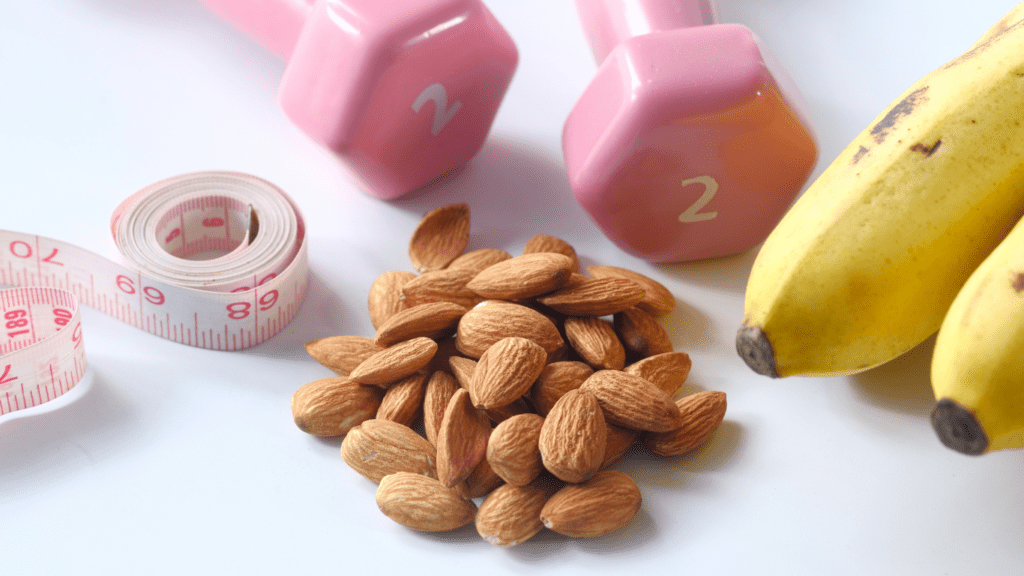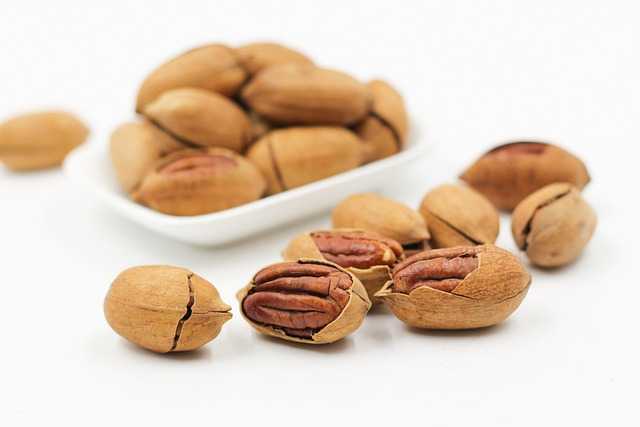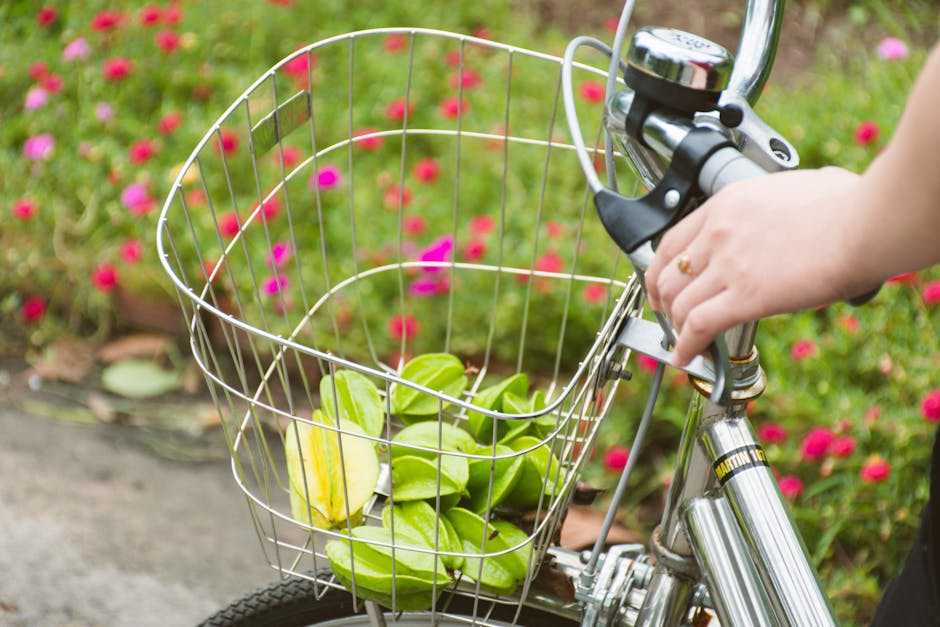Understanding Energy Gels and Real Food for Cyclists
Cyclists often debate whether to use energy gels or real food during long rides. Each option offers unique benefits.
What Are Energy Gels?
Energy gels are carbohydrate-dense products designed to provide a quick energy boost. Typically, they contain simple sugars, electrolytes, and sometimes caffeine.
They come in easy-to-carry packets, making them convenient for mid-ride consumption. Energy gels deliver a rapidly absorbable carbohydrate source that can quickly elevate blood sugar levels, helping to sustain energy during intense cycling efforts.
Benefits of Real Food for Endurance
Real food provides a diverse nutrient profile, including carbohydrates, proteins, and fats. Foods like:
- bananas
- nuts
- energy bars
can offer sustained energy and satiety, reducing hunger during long rides.
Consuming real food helps with digestive health and can prevent the gastrointestinal issues some cyclists experience with energy gels.
Eating a well-rounded diet also supports overall performance by supplying essential vitamins and minerals. Real food options offer the added benefit of variety, keeping meals interesting and enjoyable.
The Science of Nutrition in Cycling
Cycling demands a comprehensive understanding of nutrition to maximize performance. The body relies on various nutrients to sustain energy levels during long rides.
How the Body Processes Energy During Cycling
When cycling, the body primarily uses carbohydrates for energy. Glycogen stores in the muscles and liver get depleted after about 90 minutes of moderate intensity.
The body converts ingested carbohydrates into glucose, fueling muscle activity. If glycogen stores are low, fat metabolism takes over, providing a slower but sustained energy release.
Protein usage remains minimal unless rides extend significantly.
Comparing Nutritional Values
Comparing energy gels and real food reveals distinct differences in their nutritional profiles.
- Energy Gels: Typically contain 20-30 grams of carbohydrates per serving. They often include electrolytes like sodium and potassium for hydration.
- Real Food: Offers a balanced mix of macronutrients. For instance, a banana provides around 27 grams of carbs, 1.3 grams of protein, and 0.4 grams of fat plus vitamins and minerals.
| Nutrient | Energy Gels | Real Food (Example: Banana) |
|---|---|---|
| Carbohydrates (g) | 20-30 | 27 |
| Protein (g) | 0-1 | 1.3 |
| Fat (g) | 0-1 | 0.4 |
| Electrolytes | Sodium, Potassium | Potassium |
| Vitamins/Minerals | Few | Various (e.g., Vitamin C) |
The choice between energy gels and real food ultimately depends on individual needs and preferences.
Pros and Cons of Energy Gels

Cyclists frequently debate the benefits and limitations of using energy gels during long rides. Understanding both perspectives helps make informed decisions.
Advantages of Using Energy Gels
Energy gels offer quick energy boosts. When taken, they rapidly digest and provide instant energy, critical during intense cycling moments.
Each gel typically contains 20-30 grams of carbohydrates, enough to replenish glycogen stores on the go. Convenient packaging makes them easy to carry and consume without stopping.
Additionally, many energy gels contain electrolytes, reducing the risks of dehydration and cramping during long rides.
Potential Drawbacks
Energy gels may cause gastrointestinal issues. Consuming them too quickly or in large quantities often leads to stomach discomfort or bloating.
They also lack the variety of nutrients found in real food, potentially leading to an unbalanced diet if relied upon exclusively. The high sugar content may cause insulin spikes, resulting in energy crashes.
Moreover, they can become expensive over time, particularly for frequent cyclists.
Real Food as a Sustainable Option
Real food offers a holistic fueling option for cyclists. It provides diverse nutrients and can sustain energy levels over longer durations.
Examples of Effective Real Foods for Cyclists
Certain real foods stand out for their benefits during rides. Bananas provide potassium and carbohydrates, which aid muscle function and energy. Dates are high in natural sugars and fiber, offering quick and sustained energy.
Peanut butter sandwiches supply protein and healthy fats, perfect for prolonged exertion. Oatmeal bars combine complex carbs with fiber, ensuring steady energy without spikes.
Challenges in Using Real Food During Rides
Despite the benefits, real food poses some challenges. Portability can be an issue since real food often requires more space and can spoil. Preparation time is another factor; cyclists must spend time pre-making snacks.
Digestibility might also be a concern, as some foods could cause gastrointestinal distress during intense exertion. Finally, convenience can be limited since real food lacks the easy-to-open packaging of energy gels.
Athlete Experiences and Expert Opinions
The debate between energy gels and real food continues as cyclists share their experiences and experts weigh in on the matter.
Case Studies: Cyclists’ Preferences
Many cyclists have strong preferences based on personal experiences. Sarah, a professional cyclist, prefers energy gels for her races due to their quick absorption and portability.
She finds that gels allow her to maintain her performance without stomach issues during intense rides. On the other hand, Mike, an endurance cyclist, opts for real food like bananas and peanut butter sandwiches during his long-distance rides.
He values the sustained energy and comprehensive nutrient profile that real food offers, helping him avoid energy crashes.
Insights from Nutritional Experts
Nutritional experts emphasize the importance of personal needs in the choice between energy gels and real food.
Dr. Laura Thompson, a sports nutritionist, suggests that energy gels are excellent for short, high-intensity efforts when quick carbohydrates are crucial.
However, she cautions that they can lead to gastrointestinal issues for some athletes. Conversely, she notes that real foods are better suited for longer rides, providing balanced nutrients and more sustained energy.
It’s vital for cyclists to experiment and find what works best for their individual needs and training goals.

 I’m Brendamee McCartyierr, and as the founder of Cycle Smooth Ride Long, I'm thrilled to bring you the ultimate resource for all things cycling. Whether you're a seasoned rider or just starting on your cycling journey, our mission is to support your passion for two wheels with trusted advice, insightful reviews, and expert tips.
Cycling is more than just a hobby—it's a lifestyle that promotes health, freedom, and adventure. At Cycle Smooth Ride Long, we’re committed to making your ride smoother, longer, and more enjoyable by providing you with the latest in cycling news, nutrition advice, fitness tips, and gear reviews. We also cater to beginners, offering comprehensive guides to help you get started and build confidence on the road.
I’m Brendamee McCartyierr, and as the founder of Cycle Smooth Ride Long, I'm thrilled to bring you the ultimate resource for all things cycling. Whether you're a seasoned rider or just starting on your cycling journey, our mission is to support your passion for two wheels with trusted advice, insightful reviews, and expert tips.
Cycling is more than just a hobby—it's a lifestyle that promotes health, freedom, and adventure. At Cycle Smooth Ride Long, we’re committed to making your ride smoother, longer, and more enjoyable by providing you with the latest in cycling news, nutrition advice, fitness tips, and gear reviews. We also cater to beginners, offering comprehensive guides to help you get started and build confidence on the road.
